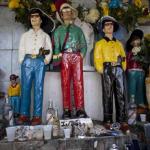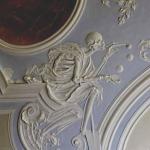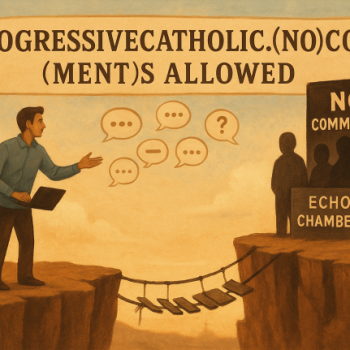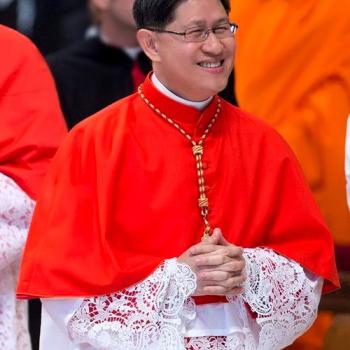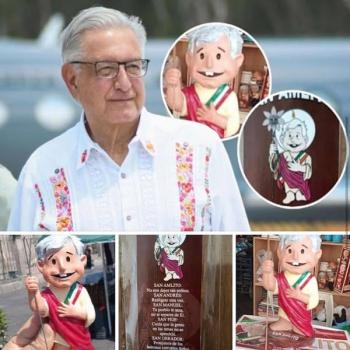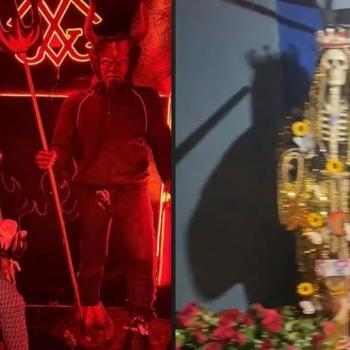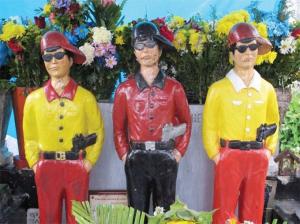
By Guest Contributor Marvin J. Mijares*
Since I can remember, I have heard of people contesting the religious beliefs of Venezuelans, whether it be related to our supernatural apparitions or our demonic possessions. However, religious beliefs are part of our national DNA, such as the cult of Queen María Lionza which dates back 200 years in Venezuela. María Lionza, accompanied by Pedro Camejo (Black Felipe) and Chief Guaicaipuro (an Indigenous Leader) constitute the Three Powers. These figures are the foundation of a pantheon of deities divided hierarchically into Courts: the Celestial Court, the Venezuelan Indian Court, The Black Court, The Venezuelan or Liberating Court, The African Court, The Don Juan Court, the Youth Court, the Medical Court, the Viking Court, the Egyptian Court, Enchanted Court of the Salt Water Mountain Range, The Witch Court, Children’s Court, Court of Souls, and The Thug Court, among others. At present we are observing much Santeria, Palo Mayombe and Spiritism in our country. While some people practice it by vocation others turn to such spiritualities as a fashion statement.

At the beginning of the 1990s, when I was just a child, I remember that the media televised several programs that spoke frankly of the subject of Spiritism and specifically about “the Thug Court”, which at that time was one of the most prominent of all courts. Still today, many people in both the working class barrios (neighborhoods) and affluent areas of Caracas openly pay homage to the cult in which criminals, like Juan Francisco Carrillo aka Ismael Sánchez are worshipped. “Ismaelito”, as Sánchez is known, is depicted dressed in green pants and a wine colored dress shirt with a pistol attached to his belt, sunglasses and a baseball cap tilted to the side.
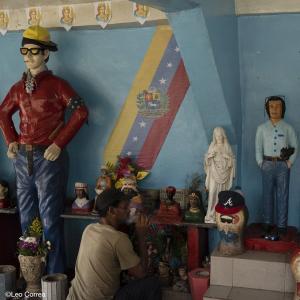
To understand the Thug Court, we must consider its leader, Juan Francisco Carrillo aka Ismael Sánchez who at the beginning of the 1960s led a gang in Barrio el Guarataro in the center-west of Caracas. Some researchers allege that “Ismaelito” was not from Guarataro, but rather from Sarria. Whatever the case, his gang ruled the barrios of 23 de Enero and Guarataro. “Ismaelito” and his gang were like a kind of modern-day “Robin Hood” robbing the rich and then distributing the loot among the neediest in the marginalized barrios of the city of Caracas.

It is said that “Ismaelito” advised young people: “Don’t do what I do because you will die young.” Despite his control of and leadership in the neighborhood known as Barrio 23 de Enero, urban legend has it that he was murdered there. On June 2, 1963 he was brutally stabbed. Some say he was murdered by another rogue, others contend he was killed by police on the old highway of La Guaira and was buried in Caracas’ Cementerio General del Sur.
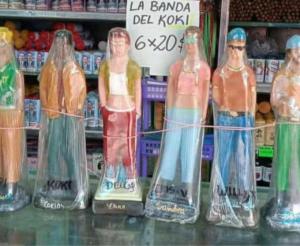
At the end of the 1980s and early 90s, fueled by the economic downturn afflicting many barrios of Caracas and other Venezuelan cities, belief in the Thug Court became more widespread, so much so that it apparently now has devotees even in Colombia.

The Thug Court comprises the following entities: Ismael Sánchez Quintero; Luis Sánchez (cousin of Ismael Sánchez); Manchera; Thugette Isabel; Elisabeth; José Vicente; María Antonieta Pérez; Romualdo Castillo; Pretty Boy, Ismael Urbaneja; The Hot Guy; Fernando (The Magnificent); the Lamp Boy; Ramón Sánchez (Cool Boy); Candy; King David; Freddy Marcano (El Tombo); Freddy the Turkey; Isabel Marcano (Freddy’s sister), Carlos Quintero (the well-known Mexican drug lord), El Ratón (Pérez the Mouse of 7 moons); Big Fish; and Cruz Crescencio Mejía (Crude Oil).
Members of the Thug Court are spirits of low light. This means they aren’t illuminated enough to be at the celestial pinnacle like María Lionza, the Three Powers, and the Celestial Court. The cult of the Thug Court consists of veneration of souls that in life were of ill repute and known to act outside the law.
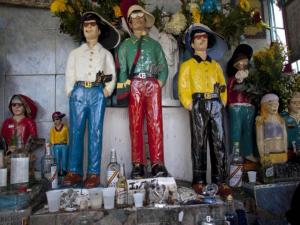
The Court’s spiritual objective is to protect people so that they do not fall into a life of crime and drugs. But due to the Court’s reputation, villains take refuge in the cult to invoke the spirits of the Thug Court for nefarious ends, such as robbery, kidnaping, and even murder. Many Spiritists object to the “abuse” of the Thug Saints for dirty deeds, claiming the real purpose is to help people with good luck and miracles and remove them from paths of darkness. A minority of young people from the working class barrios of Venezuela run scams pretending that they are incorporating the spirits of the Thug Saints, tricking true believers. It’s very important to work with reputable spirit guides to avoid being duped by con artists.

Currently, one can find Thug Court altars in prisons and in working class barrios, such as Hatillo. Some Spiritists assert that there are branches of the Thug Court in Colombia, which would suggest the cult has been expanding. In the Cementerio (Cemetary) General del Sur there is an altar where devotees perform rituals and make donations to help the local neighborhood achieve prosperity and peace.
* I was born in Caracas on July 23, 1982, and part of my childhood, as the youngest of six brothers, was spent in the San Isidro – Alta Vista- Catia barrio. I have a Bachelor’s degree in Political Science with a concentration in International Relations. I also enjoy researching and writing on the taboos and urban legends of Venezuela. Follow me on Twitter here.
** Special thanks to Dr. Kate Kingsbury for editing my translation from the original Spanish


